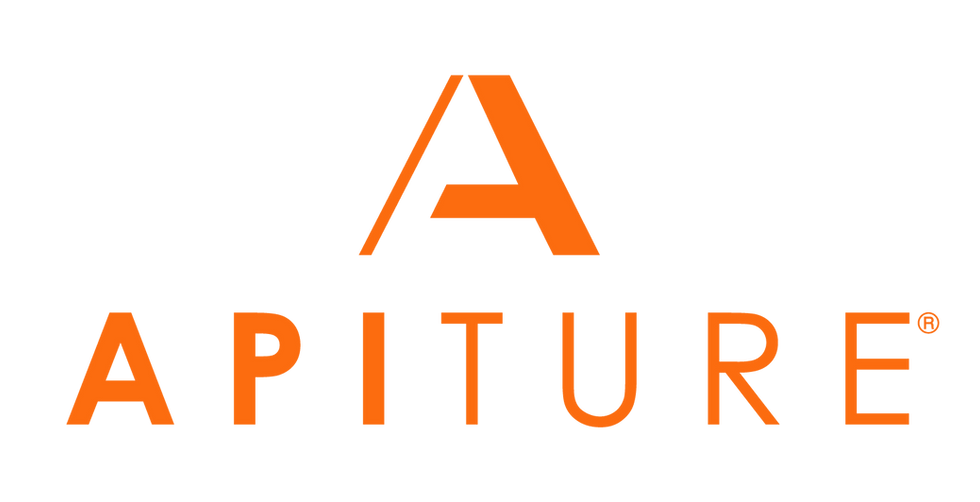Strengthening Security to Win Gen Z and Millennials’ Trust
- Nick Weston
- Nov 7, 2024
- 3 min read
Guest Editorial by Nick Weston, Director Product Management, Apiture

Features and functionality are important to Gen Z and millennials, but more than half of these consumers consider security a top factor when choosing where to bank, according to new research from Apiture and The Harris Poll.

With almost half of Americans experiencing a security or privacy issue with their financial institution — and fraud and security breaches frequently making national headlines — it is critical for your institution to have security protocols in place to protect your members’ money and confidential information. Building trust with Gen Z and millennials requires a robust security program and tool set to prevent fraud.
Digital Banking Security: By the Numbers
Identity theft, fraud, data breaches, and phishing attempts top the list of security and privacy issues in the banking industry. In 2023, consumer fraud losses totaled more than $10 billion. For every dollar lost to fraud, U.S. financial institutions actually lose $4.41 due to associated costs such as labor, investigation, legal, external recovery, and customer churn expenses.
Even if Gen Z and millennials are aware of anti-fraud measures in place at your credit union, a quarter of these consumers will spread funds across multiple accounts to mitigate risk. Today’s massive data breaches and ransomware attacks ensure security is also top of mind for these members. As a result, younger consumers are insisting that institutions invest more in cybersecurity and have security measures like multi-factor authentication in place.
4 Tips to Increase Security and Build Trust
If top-notch security is so important to younger generations, what can your credit union do to raise your security profile and stop fraud? Your best strategy is to implement best-practice processes and preventive tools that stop fraud before it becomes a problem.
Provide the right mix of fraud and security tools in your digital banking platform to keep members’ accounts, payments, and transfers safe. With today’s innovative fraud prevention tools, you can halt fraud before funds even leave your institution. When choosing a digital banking solution, make sure it includes the following capabilities to strengthen the security of your platform:
Use next-gen innovations such as AI- and machine learning-based technology to identify fraud patterns that cannot be detected manually in real time.
Employ positive pay tools for checks and ACH batches that let your credit union make payment decisions when suspicious activity occurs.
Incorporate fraud prevention measures within bill pay tools that block suspect activity in real time.
Strengthen identity verification and authentication processes for members based on new industry guidance from the FIDO Alliance. For example, using passkeys instead of passwords makes authentication simpler for members and easier for service providers to deploy and manage. Additionally, incorporating multi-factor authentication within your security controls can help your institution protect information systems, accounts, and data.
Implement a toolset with continuous monitoring and real-time alerts, such as the solution from DefenseStorm, to help monitor high risk areas and provide immediate notification when certain events occur. With round-the-clock monitoring, 24 x 7 x 365 fraud detection, and real-time reporting, you can prevent, detect, and respond to fraud situations immediately. Start with the following:
Put notifications in place to monitor for excessive or suspicious overrides, duplications, or cancellations of transactions or transactions processed by unknown individuals.
Look into ways to use existing event data — for example, account logins or changes to email address and phone number — to provide real-time visibility into suspicious account activities and prevent account takeovers.
Seek fraud prevention tools with intuitive dashboards that provide snapshots of digital banking activities.
Communicate frequently with your members about what you are doing to reduce risk. Be transparent about your strategy and policies and continue to reinforce good security habits. You should also find ways to remind your members about ongoing scams and provide them with tips to stay safe.
Be Proactive About Fraud and Security
By incorporating preventive tools that can anticipate threats and act on them immediately, you reduce the actual cost of fraud and improve security for your members. Likewise, with a strong security strategy and next-gen fraud prevention tools, you signal your commitment to younger members’ needs and preferences. And as you work to become the primary financial institution for your Gen Z and millennial members, demonstrating that your institution can effectively protect their financial information is essential to establishing their trust.
Read more about generational banking habits and fraud-prevention strategies with Apiture’s latest white papers: Attracting Gen Z and Millennials, and Defray the Cost of Fraud with a Proactive Approach.

